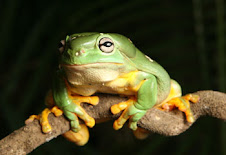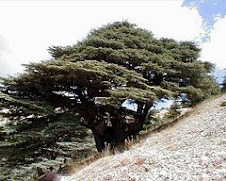The Toronto Star article excerpted below illustrates in a profound way that we need to green up not just the energy supply, but the entire economic cycle. Green energy companies will lead the way, but all firms promoting and practicing green, ecologically sound and environmentally sustainable business must be considered as worthy investment targets for evaluation.
hazy brown clouds in Asia threaten food, health
Latest UN report covers 7-plus years of findings
November 14, 2008; TINI TRAN, THE ASSOCIATED PRESS
BEIJING–Thick brown clouds of soot, particles and chemicals stretching from the Persian Gulf to Asia threaten health and food supplies in the world, the UN reported yesterday.
The regional haze, known as atmospheric brown clouds, contributes to glacial melting, reduces sunlight and helps create extreme weather conditions that affect agricultural production, said the report commissioned by the UN Environment Program.
The huge plumes have darkened 13 megacities in Asia – including Beijing, Shanghai, Bangkok, Cairo, Mumbai and New Delhi – sharply "dimming" the amount of light by as much as 25 per cent in some places.
Caused by the burning of fossil fuels, wood and plants, the brown clouds also play a significant role in exacerbating the effects of greenhouse gases, the report said.
"Imagine for a moment a three-kilometre-thick band of soot, particles, a cocktail of chemicals that stretches from the Arabic Peninsula to Asia," said Achim Steiner, United Nations undersecretary general and executive director of the UN Environment Program.
Some particles in the clouds, such as soot, absorb sunlight and heat the air. That's led to a steady melting of Himalayan glaciers, the source of most of the continent's major rivers, the report said. At the same time, the clouds have also helped mask the full impact of global warming by helping cool the Earth's surface and tamp down rising temperatures by between 20 to 80 per cent, the study said. That's because some of the particles reflect sunlight and cool down the air.
The latest findings, conducted by an international collaboration of scientists over seven-plus years, are the most detailed to date on the brown cloud phenomenon, which is not unique to Asia. Other hotspots are seen in North America, Europe, South Africa and South America.
Full article at: Toronto Star story on pollution in Asia
Denmark’s Ritual of Militarisation
-
On December 8, 2025, the Copenhagen Security Summit convenes at Falkoner
Centret in Frederiksberg. With 35 speakers and more than 1,200
participants, it ...
7 hours ago


